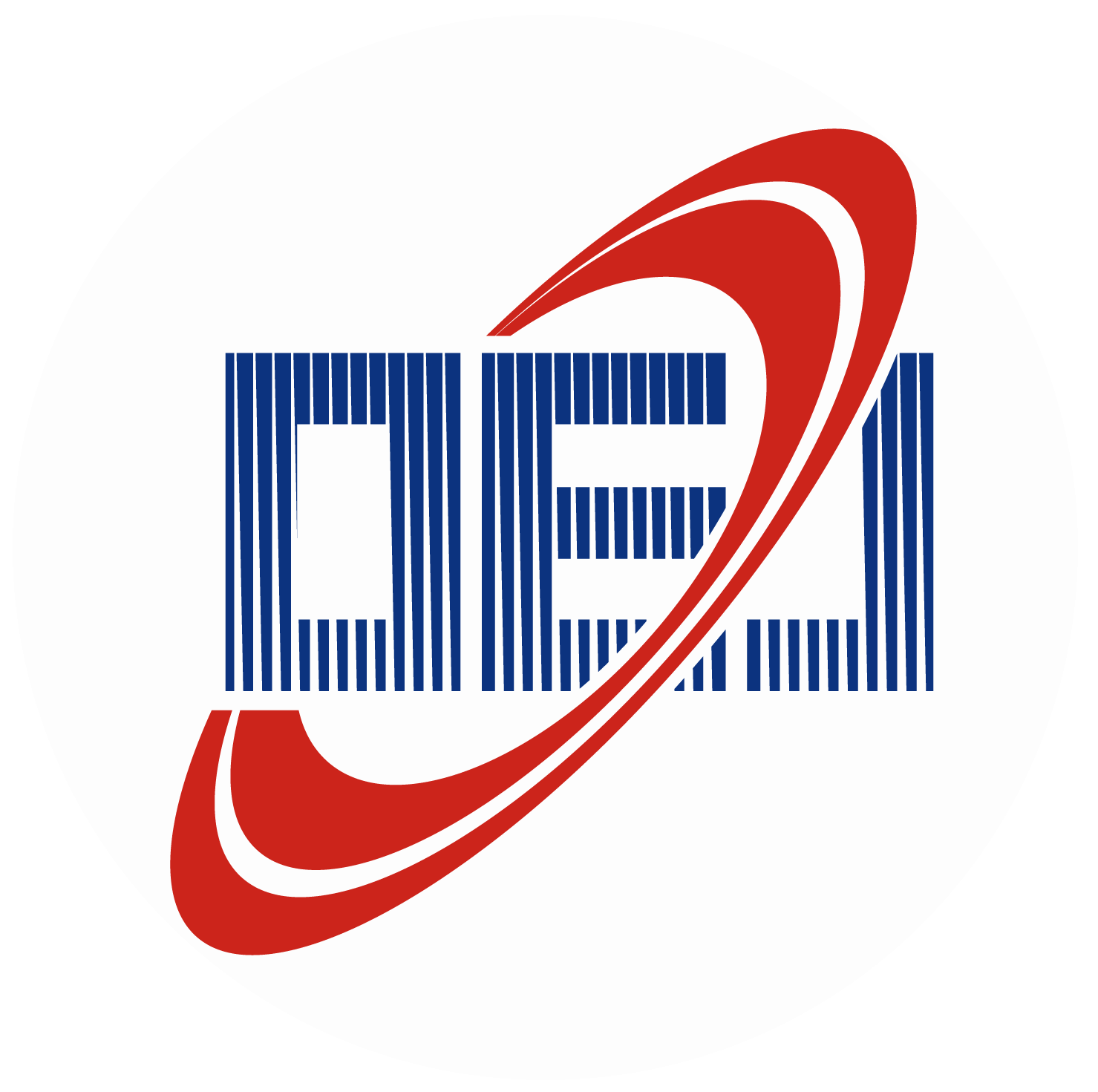Abstract:
Surface-enhanced Raman scattering (SERS) enables high-sensitivity detection at the molecular level by virtue of the localized surface plasmon resonance effect of metal nanostructures. However, it has limitations with respect to elemental analysis and anti-interference capability. This paper systematically reviews the combination principles and research progress of SERS with laser spectroscopy techniques, including laser-induced breakdown spectroscopy (LIBS) and fluorescence spectroscopy. Firstly, it elaborates on the electromagnetic enhancement and chemical enhancement mechanisms of SERS, as well as the basic principles of LIBS (elemental analysis based on plasma emission spectroscopy) and fluorescence spectroscopy (characterization of molecular properties based on electronic transitions). Subsequently, it focuses on the synergistic mechanisms of the combined techniques: the combination of SERS and LIBS achieves multi-scale analysis through the complementarity of molecular fingerprints and elemental composition, while the combination of SERS and fluorescence spectroscopy realizes multi-dimensional characterization through the dynamic balance of signal quenching/enhancement. Furthermore, it summarizes the cutting-edge applications of the combined techniques in fields such as biomedicine (e.g., tumor marker detection, cell imaging), environmental monitoring (e.g., pollutant analysis), and food safety (e.g., toxin detection), including innovations in data fusion strategies, functionalized substrate design, and signal amplification technologies. Finally, it discusses the current technical challenges (e.g., signal interference, equipment integration) and future development directions (e.g., miniaturization, intelligentization). This review aims to provide a comprehensive reference for the in-depth research and practical application of SERS combined techniques.


 E-mail Alert
E-mail Alert RSS
RSS


